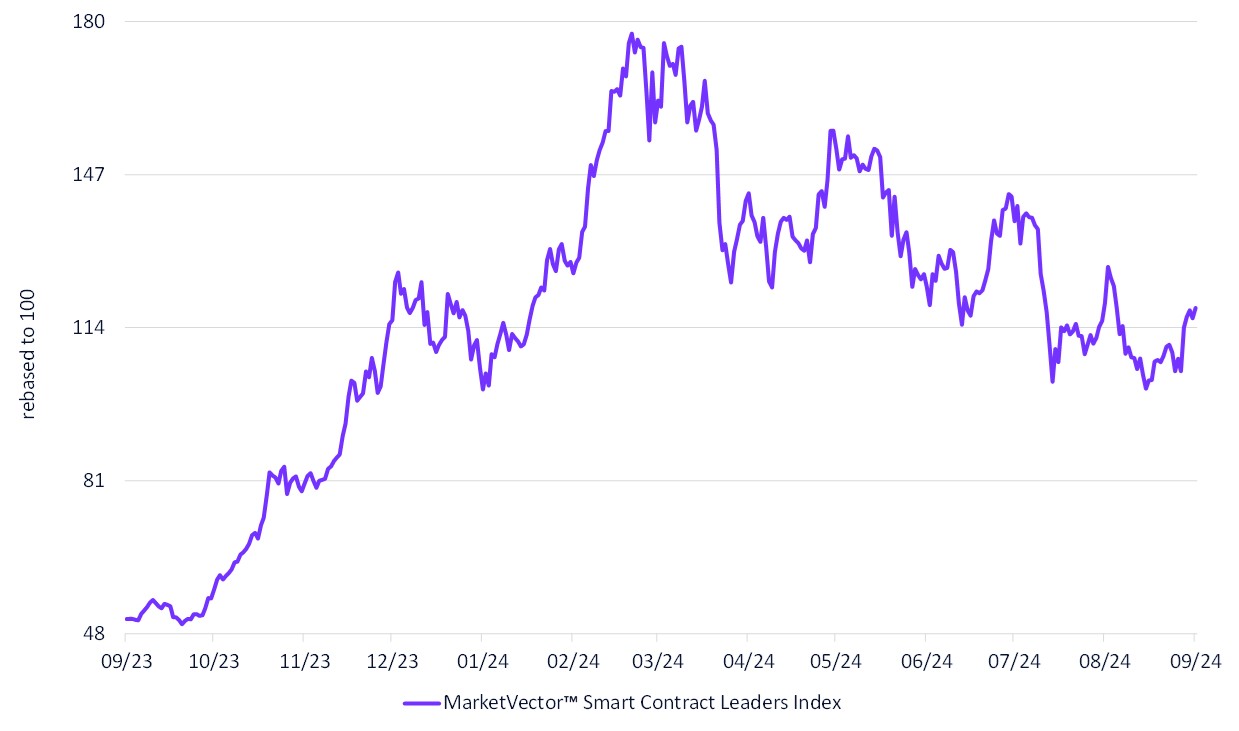The ongoing debate between Ethereum (ETH) and Solana (SOL) continues to capture the attention of both individual investors and institutions. With Solana boasting impressive metrics that overshadow Ethereum in certain areas, the question remains: why hasn’t institutional adoption of Solana eclipsed Ethereum yet? This article delves into the advantages Solana presents and explores the potential for its market cap to rival Ethereum’s.
Solana’s Technological Edge Over Ethereum
When comparing Ethereum and Solana, the data is striking. Solana processes 3,000% more transactions than Ethereum, has 1,300% more daily active users, and its transaction fees are nearly 5 million percent cheaper. These are monumental differences that showcase Solana’s potential efficiency and scalability advantages. Given these statistics, it’s hard not to wonder why we haven’t seen a larger migration toward Solana from Ethereum, particularly from institutions.
Market Cap Discrepancy: Why Solana is Undervalued
Despite Solana's superior performance in several key metrics, its market cap remains at just 22% of Ethereum’s. This disparity becomes even more pronounced when you consider the combined activity of Ethereum and its Layer 2 solutions. Solana continues to outperform in transaction volume and user engagement, yet its value in the market lags significantly.
There is growing speculation that this is about to change. Based on third party research, Solana has the potential to reach 50% of Ethereum’s market cap, with predictions placing SOL at a price of USD 330. These forecasts are derived from technical models available on platforms like TradingView, suggesting a possible seismic shift in the cryptocurrency landscape if this market cap increase occurs.
The Role of DeFi, Stablecoins, and Payments
For both Ethereum and Solana, DeFi (decentralized finance) and stablecoins are pivotal drivers of adoption. In particular, decentralized exchanges (DEXs) are making headlines for their groundbreaking capabilities, with major announcements coming out of Singapore recently. The ability to create and transfer stablecoins—turning traditional dollars into digital, easily transferable assets—is becoming a cornerstone of the crypto economy.
Another major use case is lending and borrowing within the DeFi space, a sector expected to continue growing at a rapid pace. Payments and remittances also hold massive potential, especially with Solana’s lower fees and faster transaction times. If institutions and everyday users can save money through cheaper, faster transactions, Solana’s user base could grow even more rapidly.
Institutional Adoption and Long-Term Investment Strategies
While retail investors are slowly waking up to Solana’s advantages, institutional adoption has been slower. There are several factors at play here, including Ethereum’s first-mover advantage, broader institutional familiarity, and the hesitancy to rotate large amounts of capital from established assets like ETH.
However, rotation is an essential strategy in markets. Assets can become overheated, and even bull markets have moments of retraction or correction. Institutions that do not rotate into undervalued assets, such as Solana, could miss out on significant opportunities. Similarly, holding onto assets without considering market shifts can be dangerous. Investors must always be prepared for the emergence of new competitors—especially in the fast-moving world of cryptocurrencies.
The Future: A Balanced Approach Between ETH and SOL
As both Ethereum and Solana continue to develop, investors face the challenge of selecting the right Layer 1 (L1) blockchain platform for long-term success. Instead of betting on a single platform, a more strategic approach could be the creation of an index that includes the largest and most liquid smart contract platforms. Such an index would offer exposure to multiple L1 chains—like Ethereum, Solana, and others—spreading risk and capturing upside across a diversified basket of leading projects. This approach not only mitigates the uncertainty of choosing one winner but also allows investors to benefit from the growth and evolution of the entire smart contract ecosystem. By investing in the leaders of this space, institutions and individuals alike could position themselves to capitalize on the long-term success of multiple platforms as blockchain technology continues to advance.
MarketVectorTM Smart Contract Leaders Index

Source: MarketVector. Data as of September 23, 2024. Token Terminal.
Get the latest news & insights from MarketVector
Get the newsletterRelated:
About the Author:
Martin Leinweber works as the Director of Digital Asset Research and Strategy at MarketVector providing thought leadership in an emerging asset class. His role encompasses product development, research, and communication with the client base of MarketVector. Before joining MarketVector, he worked as a Portfolio Manager for equities, fixed-income, and alternative investments for almost 20 years. Martin was responsible for the management of active funds for institutional investors such as insurance companies, pension funds, and sovereign wealth funds at the leading German quantitative asset manager Quoniam. Previously, he held various positions at one of Germany's largest asset managers, MEAG, the asset manager of Munich Re and ERGO. Among other things, he contributed his expertise and international experience to the establishment of a joint venture with the largest Chinese insurance company PICC in Shanghai and Beijing. Martin is co-author of “Asset-Allokation mit Kryptoassets. Das Handbuch “(Wiley Finance, 2021). It’s the first handbook about integrating digital assets into traditional portfolios. He has a Master of Economics from the University of Hohenheim and is a CFA Charter holder.
For informational and advertising purposes only. The views and opinions expressed are those of the authors but not necessarily those of MarketVector Indexes GmbH. Opinions are current as of the publication date and are subject to change with market conditions. Certain statements contained herein may constitute projections, forecasts, and other forward-looking statements, that do not reflect actual results. It is not possible to invest directly in an index. Exposure to an asset class represented by an index is available through investable instruments based on that index. MarketVector Indexes GmbH does not sponsor, endorse, sell, promote, or manage any investment fund or other investment vehicle that is offered by third parties and that seeks to provide an investment return based on the performance of any index. The inclusion of a security within an index is not a recommendation by MarketVector Indexes GmbH to buy, sell, or hold such security, nor is it considered to be investment advice.




